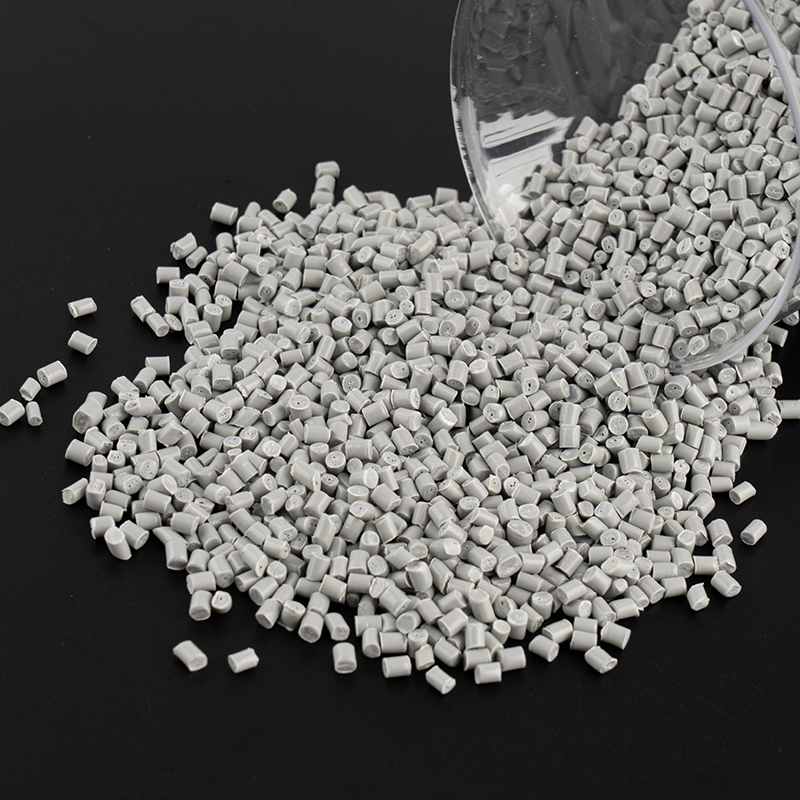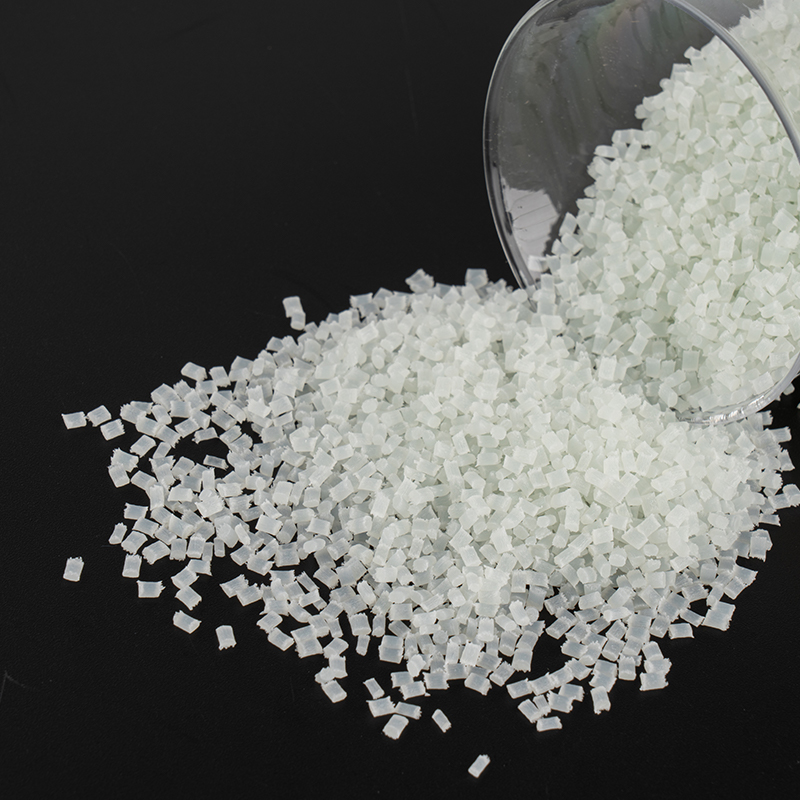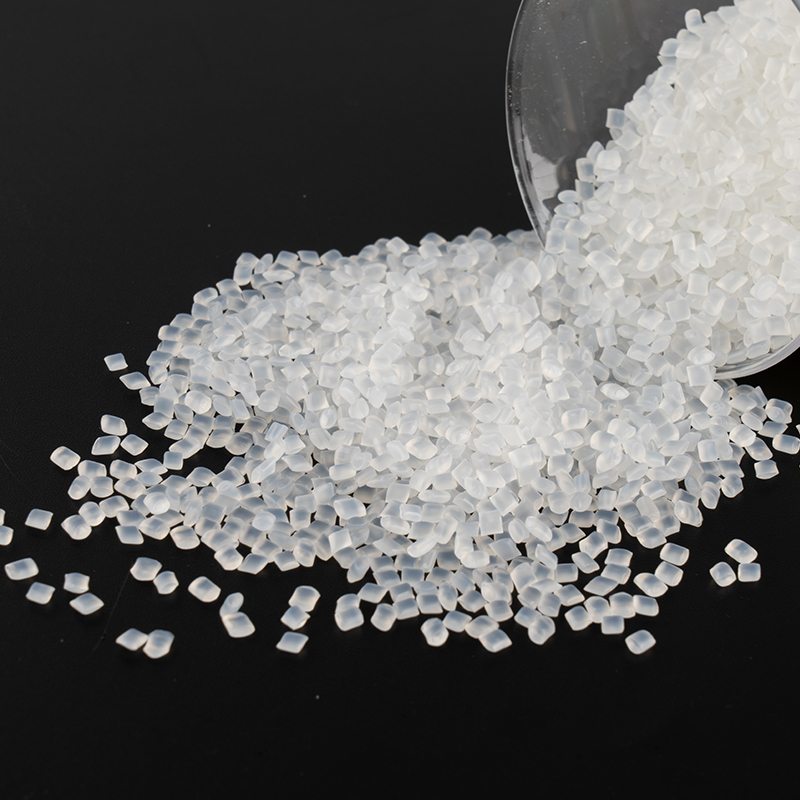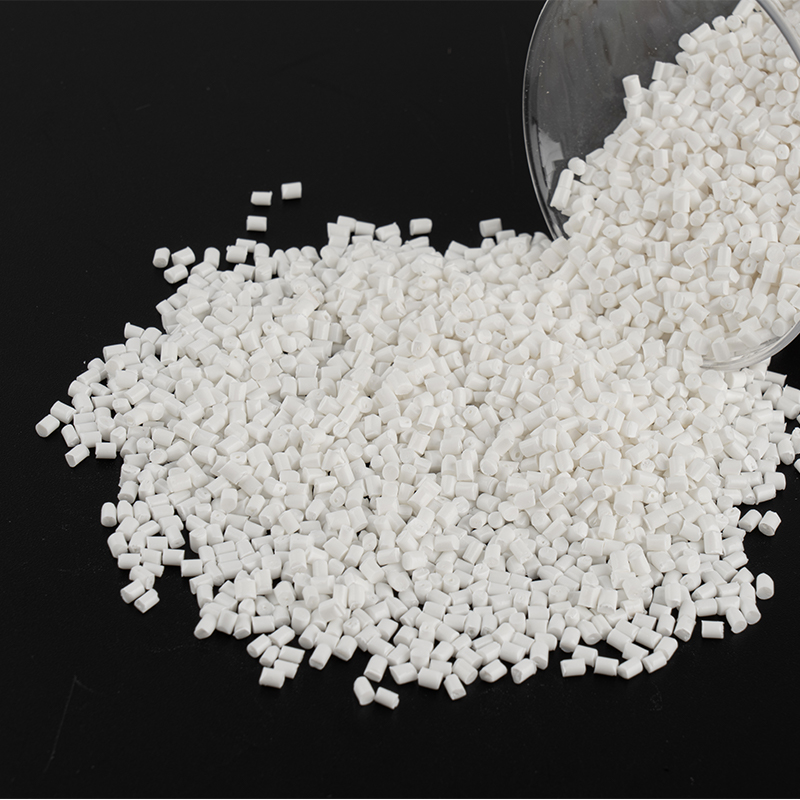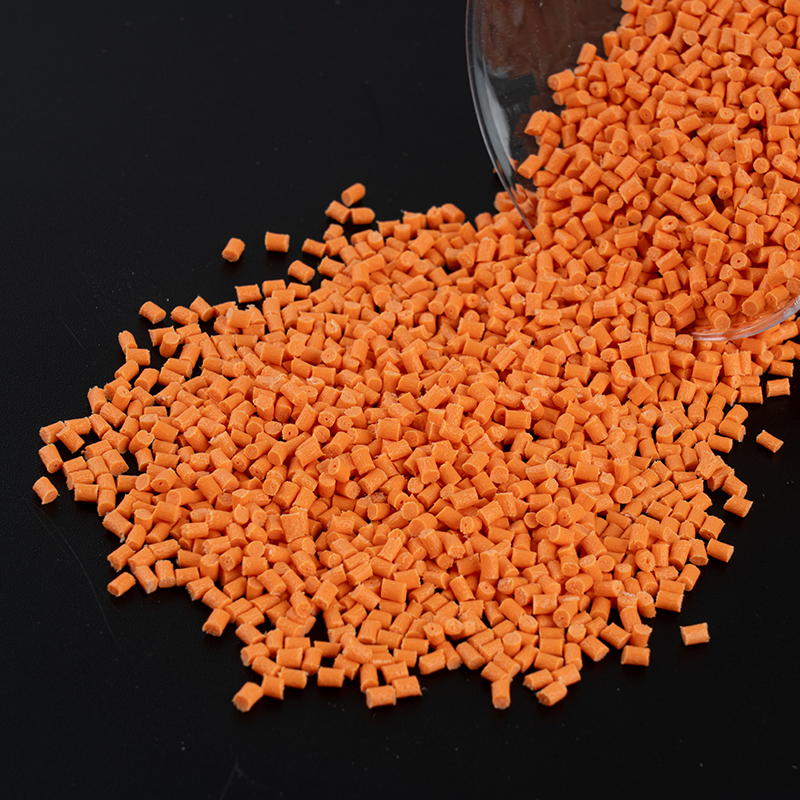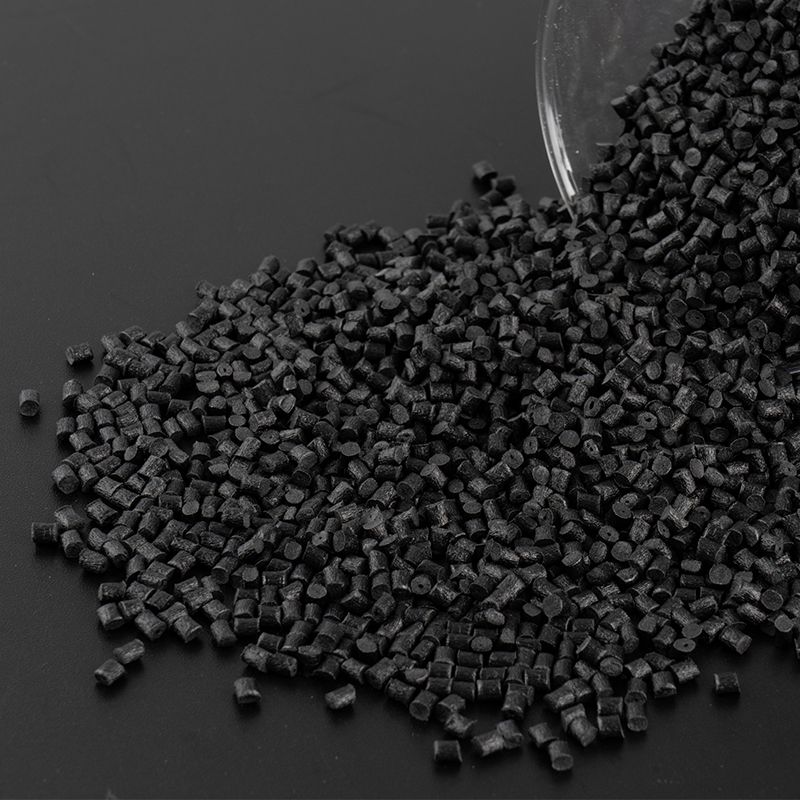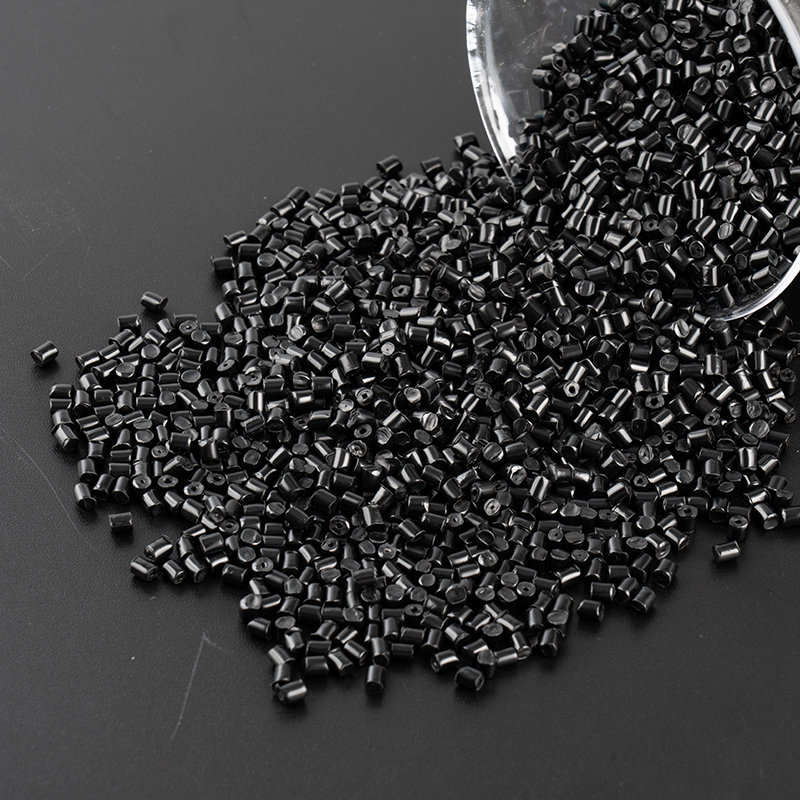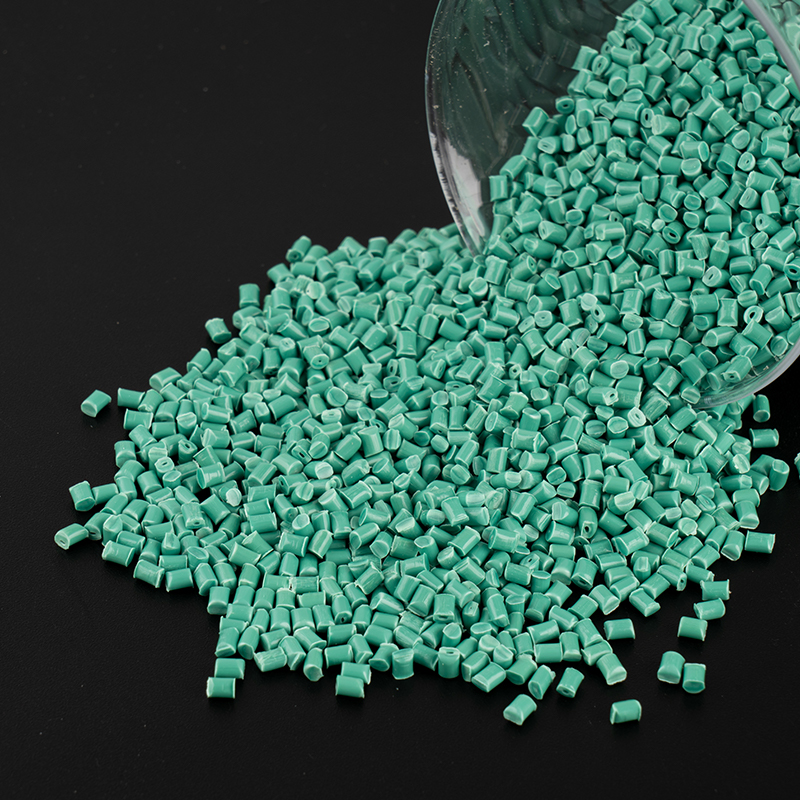Are Plastic Door Handles Easy to Clean and Maintain?
In modern homes, plastic door handles are increasingly popular due to their lightweight, cost-effectiveness, and variety of designs. Compared to traditional metal or wooden door handles, are plastic door handles really easier to clean and maintain?
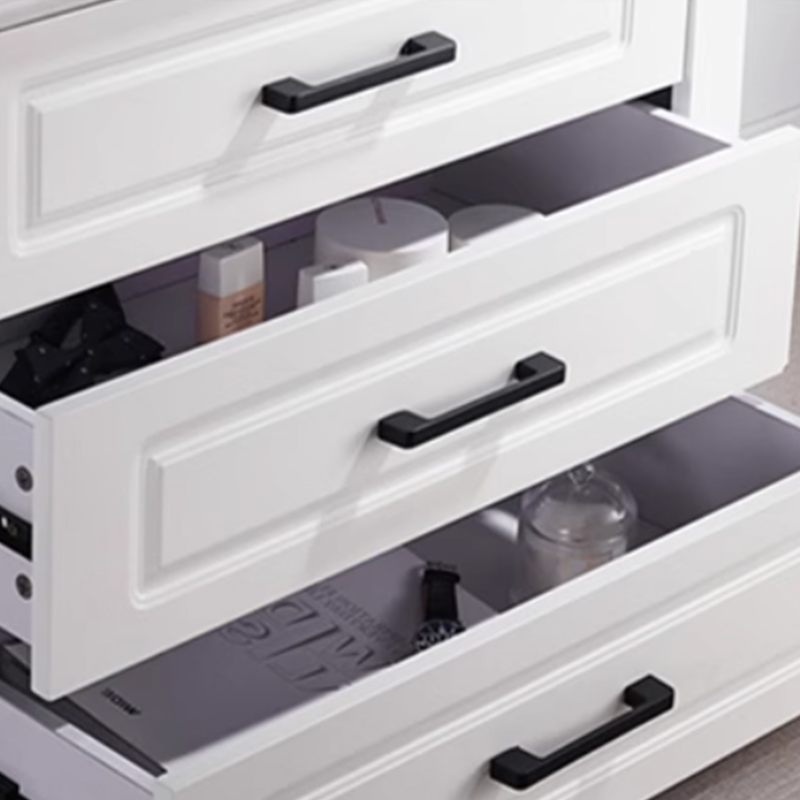
1. Cleaning Methods
1.1 Daily Wiping
Daily cleaning is an essential step to keep plastic door handles looking good. Most plastic door handles have a smooth surface that does not easily attract dust, so simply wiping with a clean soft cloth or a damp cloth is usually enough. For light dust or fingerprints, this simple wiping method is sufficient to keep the handle looking neat.
Recommended Steps:
- Use a clean cotton cloth or a slightly damp cloth. - Gently wipe along the surface of the door handle to avoid scratching. - For tougher dust, moisten the cloth with warm water before wiping.This method is ideal for routine household maintenance and can quickly maintain a clean appearance.
1.2 Removing Oil and Stains
In kitchens or public areas, door handles are prone to oil or dirt, and dry wiping may not be enough. Using a mild detergent or soapy water can effectively remove these stains without damaging the plastic surface.
Key Points:
- Prepare warm water and a mild detergent, soak a cloth, and gently wipe the handle. - For stubborn stains, a soft brush can be used, but avoid hard brushes or steel wool. - After cleaning, wipe off any remaining detergent with a clean damp cloth, then dry with a dry cloth.This approach not only keeps the door handle clean but also prolongs the life of the plastic surface.
1.3 Avoid Strong Acids and Bases
Plastic door handles are sensitive to chemicals, especially strong acids, strong bases, or high-concentration alcohol cleaners. Prolonged use of such cleaners can cause the handle surface to turn white, become brittle, or lose its gloss. Therefore, it is best to use mild, neutral cleaning products.
Precautions:
- Avoid bleach or strong acidic cleaners. - Avoid prolonged use of high-concentration alcohol disinfectants on plastic surfaces. - For disinfection, use a diluted mild disinfectant and rinse with water afterward.
2. Maintenance Considerations
2.1 Prevent Scratches
Although plastic door handles are sturdy, they are more prone to scratches compared to metal handles. Avoiding contact with sharp objects can effectively maintain the handle’s appearance and extend its lifespan.
Daily Protection Tips:
- Avoid hitting the handle with keys, metal accessories, or sharp objects. - For slightly aged or cracked surfaces, a plastic-specific care product can be applied.2.2 Pay Attention to Environmental Factors
Plastic door handles perform differently in various environments. Outdoor or direct sunlight exposure can accelerate aging, discoloration, or brittleness. In such cases, it is recommended to choose plastic handles with UV-resistant properties or replace them periodically.
Environmental Maintenance Tips:
- Indoor use: Generally, no special protection is needed. - Direct sunlight: Choose UV-resistant plastic handles and inspect for aging periodically. - High humidity: Keep dry to prevent bacteria or mold growth.2.3 Easy Replacement
If a plastic door handle becomes damaged or worn over time, replacement is inexpensive and simple. Most plastic handles are screw-mounted, making installation and removal easy without professional tools, allowing for flexible replacement cycles.
Replacement Tips:
- Regularly check screws and mounting hardware to ensure stability. - Replace damaged or significantly aged handles promptly to avoid safety risks.
3. Suitable Usage Scenarios
Plastic door handles are versatile, and maintenance requirements vary depending on the environment. The table below compares the advantages and disadvantages of plastic door handles in different scenarios:
| Usage Scenario | Advantages | Disadvantages | Maintenance Recommendations |
|---|---|---|---|
| Indoor Home | Lightweight, attractive, easy to clean | Prone to scratches, may deform under high temperatures | Wipe regularly, avoid contact with sharp objects |
| Public Places | Low cost, easy to replace | Frequent use may accelerate wear | Choose durable materials, check and replace periodically |
| Outdoor Environment | Economical and practical | Susceptible to UV and weather-related aging | Use UV-resistant products, replace periodically if necessary |
3.1 Indoor Use
Plastic handles are perfect for low-traffic indoor areas such as bedrooms, bathrooms, and storage rooms. Cleaning is simple, usually only requiring regular wiping. Since indoor temperature and humidity are stable, the handle’s lifespan is generally long.
3.2 Public Place Use
In schools, offices, or malls, handles must withstand frequent use. Choosing wear-resistant and durable plastic and regularly checking screws can extend the handle’s lifespan and reduce maintenance costs.
3.3 Outdoor Use
In direct sunlight or exposed outdoor environments, plastic handles are prone to aging, discoloration, or brittleness. It is recommended to choose UV-resistant plastic handles and replace them periodically to ensure safety and aesthetics.






